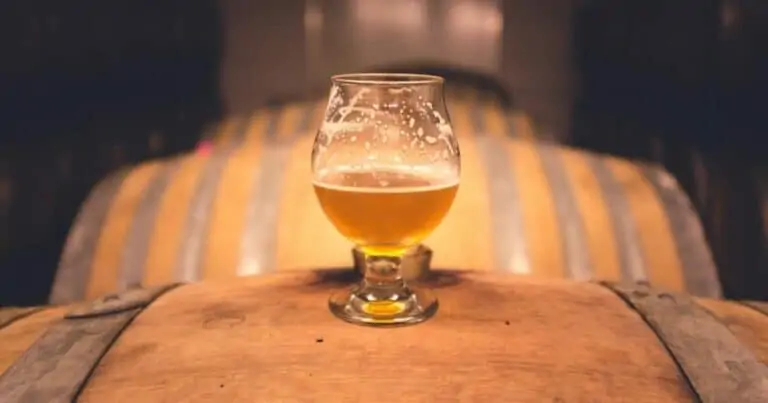OK, a pre-warning, y’all have to work with me a little this time around.
This idea has been swimming around in my brain so I thought it would be fun to share even at the risk of being deemed an even bigger dORk than was originally thought (although what’s the risk in that?)
The typical evolution of a homebrewer starts with a stainless steel pot that fits on your biggest stovetop burner, some top water, malt extract syrup and hops, boil it up, chill it, add the yeast and see what happens. After you clean 50 bottles (the best part of this process is drinking 50 bottles of good beer) you fill and cap, wait two weeks and again see what happens.
Early on you drink homebrew with friends and say stuff like “Mmm, not bad. What’s that weird aftertaste from?” The whole time you are trying to figure out what you’re missing so you join a homebrew club and talk to the people who know what’s up.
Then you break through and convert your stovetop extract brewery to an outdoor burner, with all-grain recipes just like the brewers make. You’re managing color, bitterness and flavor and your friends finish all the beer in the keg before the next batch is ready. Essentially, a whole lot of knowledge and experience from those you surround yourself with goes a long way in making a big difference for a super fun hobby.
In the parallel worlds analogy, the typical evolution of an OR professional starts after a tough education with just the right amount of data to fit in an Excel spreadsheet. You learn the basics of the Excel solver add-in, click solve and see what happens. You try to make sense of the results, make a couple PowerPoint slides, pitch it to your boss and again see what happens.
Early on your boss says stuff like “You’re on to something here. How do we make it more relevant to the big picture?” So you research all the solvers and the applications that are using the best & fastest versions. You attend conferences, maybe even go back to school for a masters or doctorate. But in any case you’re learning everything you can about this wonderful thing called OR.
Then you complete your first strategic network optimization and you incorporate the findings into the 5 year corporate plan. You build tools, track results and every year you update the analysis and you gain a reputation as the person who sees the big picture and sets the optimal direction.
The break through happens when you realize you can use the results of the strategic network optimization to drive tactical decisions such as deployed inventory targets in a multi-echelon fulfillment system. You establish parameters for the replenishment and order management execution systems using the results of a detailed analysis of order history in a planning optimization environment.
Strategic, tactical and operational execution decisions supported by planning optimization capabilities help you gain the reputation as the person who sees the big picture and DELIVERS step-level improvements to the success of the business enterprise.
After a successful project implementation that exceeds expectations nothing’s better than a nice cold homebrew with friends!

Inbound Logistics Guide for Maximizing Fleet Utilization
When it comes to inbound transportation planning, many manufacturers face the same dilemma: how to ensure raw materials and semi-finished goods flow smoothly from multiple







